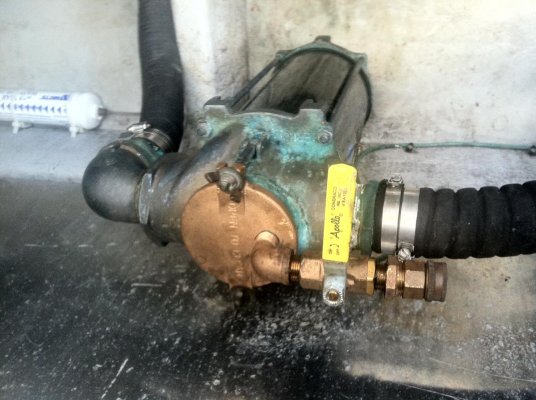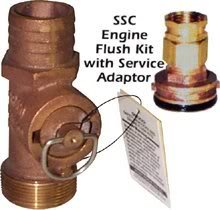cardude01
Guru
- Joined
- Nov 26, 2012
- Messages
- 5,290
- Location
- USA
- Vessel Name
- Bijou
- Vessel Make
- 2008 Island Packet PY/SP
This seems like a good idea-- is it?
On every outboard I've owned I always flushed it with freshwater after running it in salt water. Does it not make sense to do the same on my Yanmar?
http://youtu.be/YdqVulR5STo
On every outboard I've owned I always flushed it with freshwater after running it in salt water. Does it not make sense to do the same on my Yanmar?
http://youtu.be/YdqVulR5STo
Last edited:




